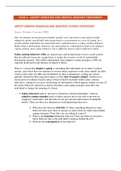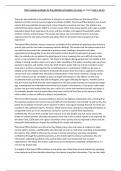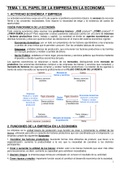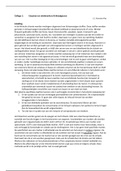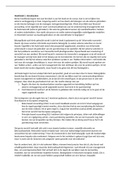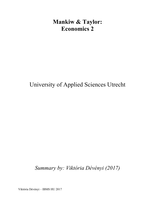Resume
Summary GGZ2024 Anxiety Disorders Taak 6
- Cours
- Établissement
Bundel nu beschikbaar! Uitgebreide samenvatting van alle bronnen (reference list) van taak 6 van het blok GGZ2024 Anxiety Disorders. De samenvatting is geschreven in het Engels. Onderwerpen; safety-seeking behaviors, adaptive coping strategies, eye movements in EMDR, imagery rescripting (ImRs).
[Montrer plus]
